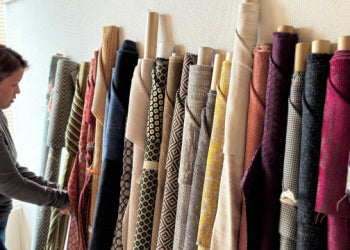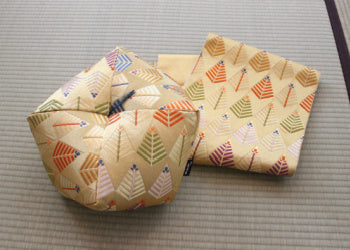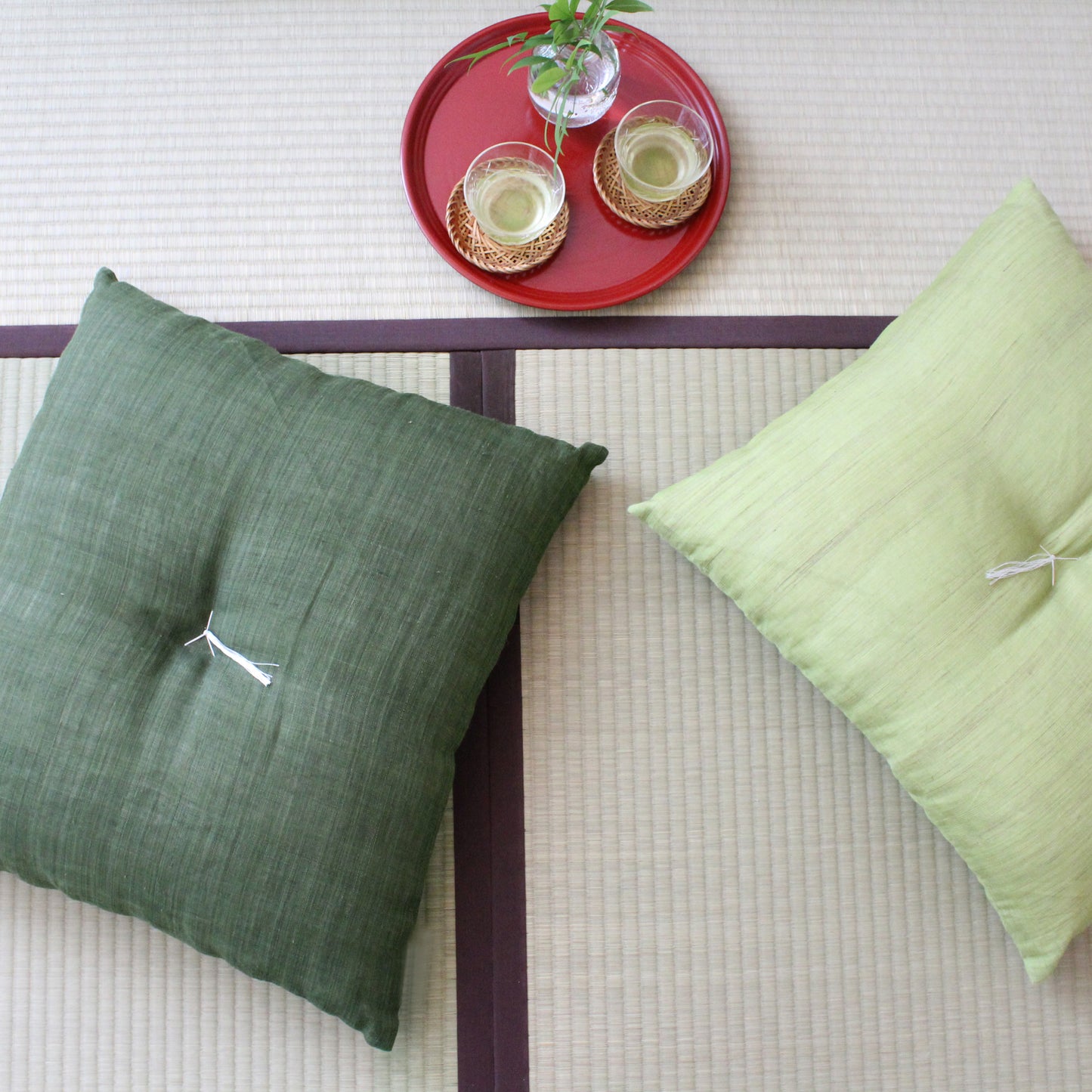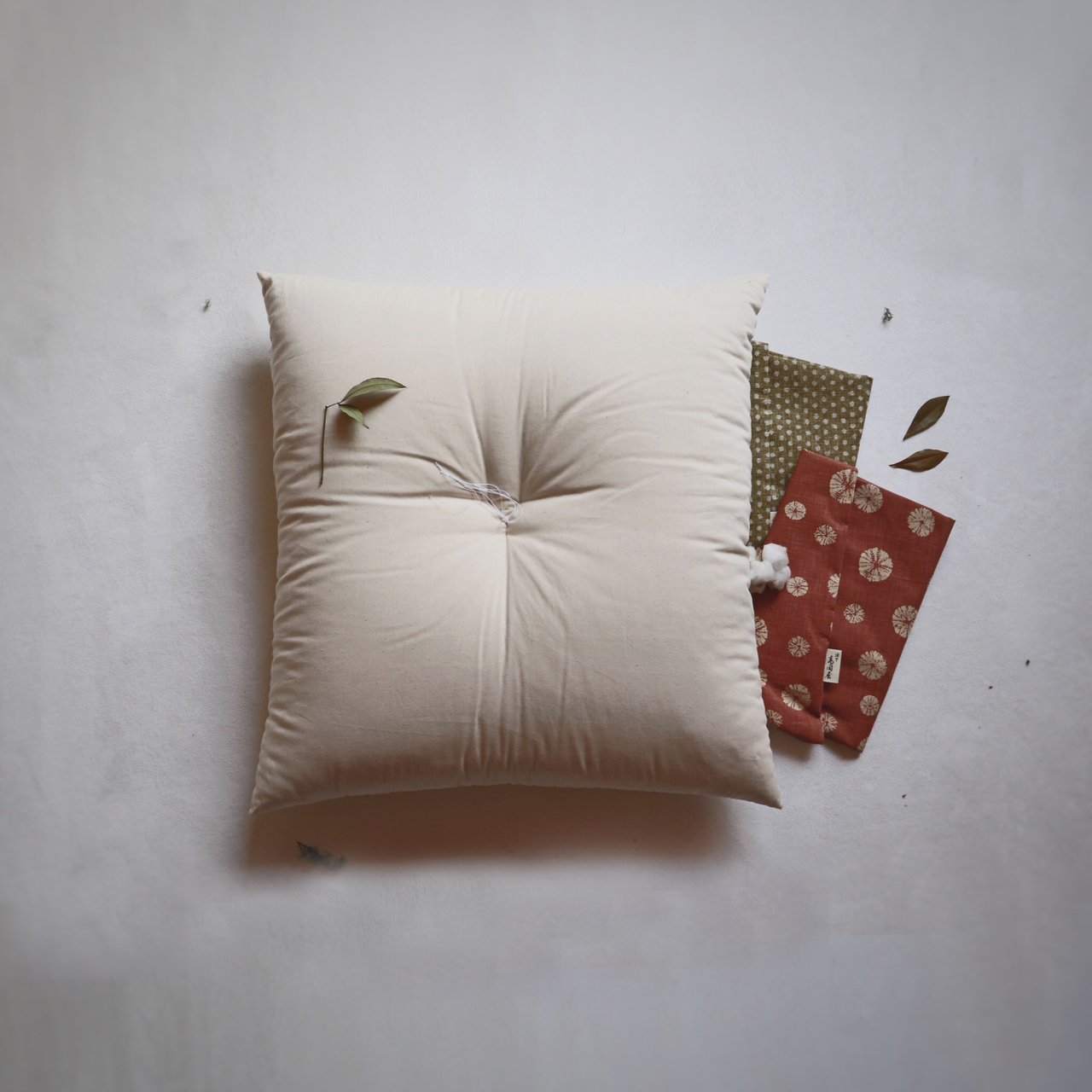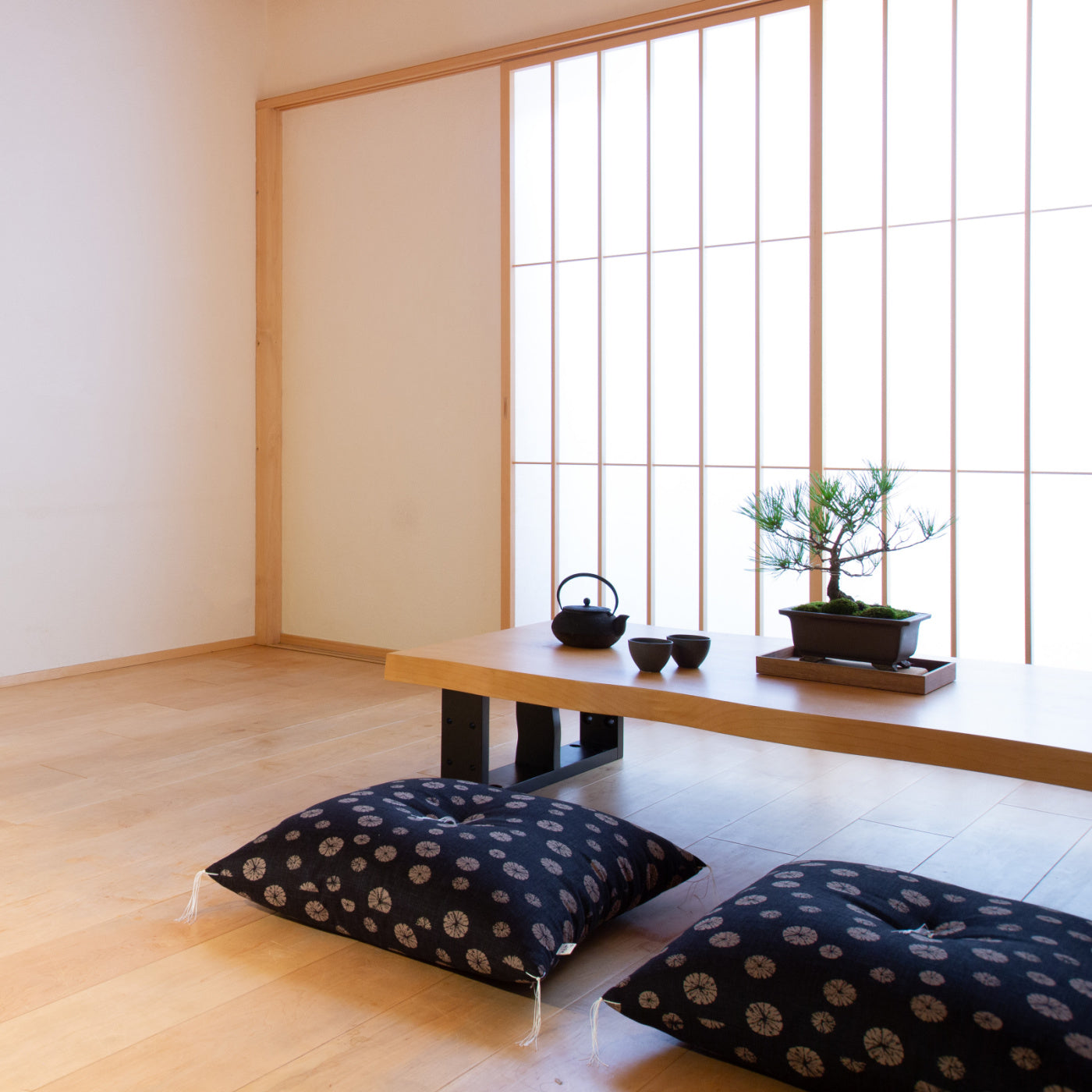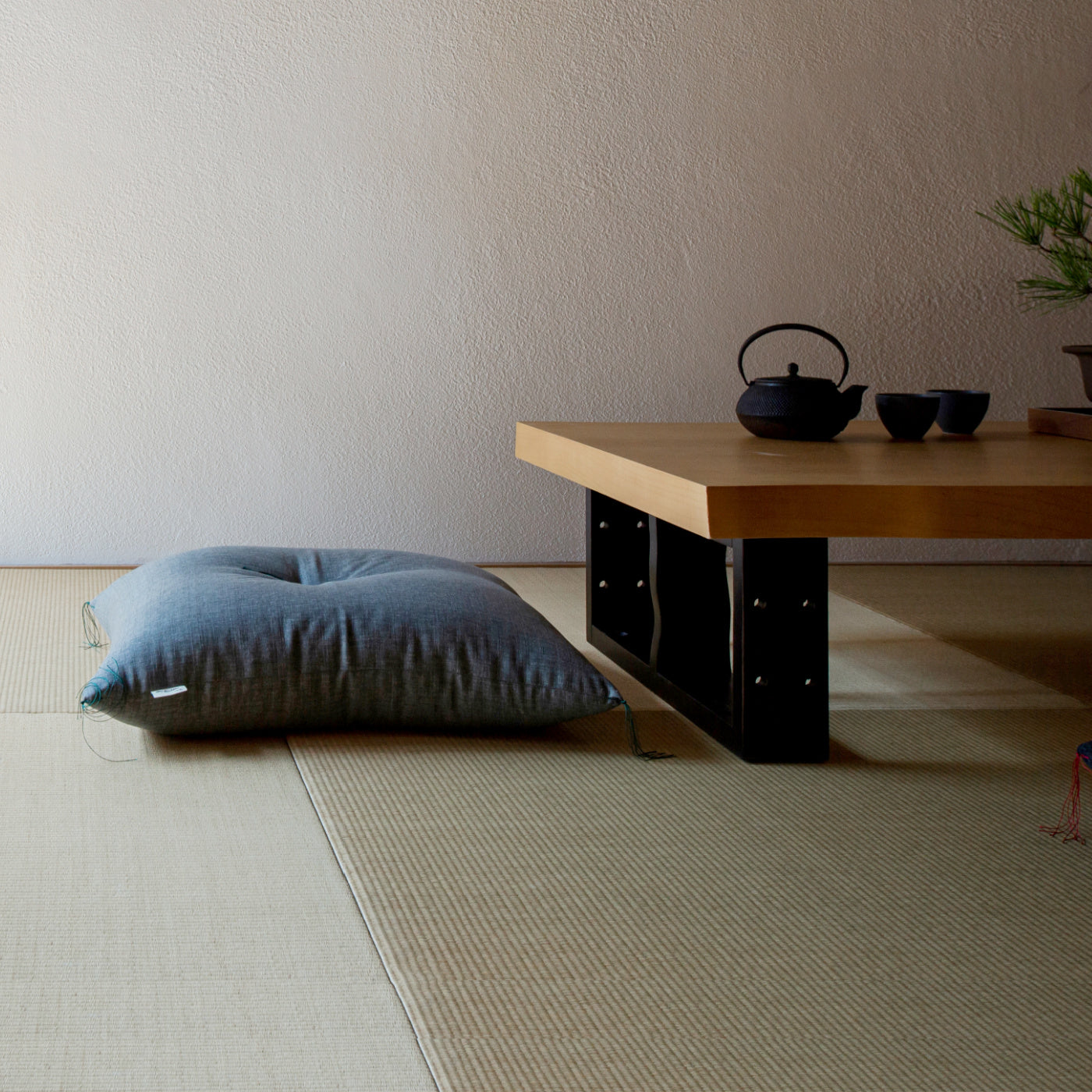
This store requires javascript to be enabled for some features to work correctly.
the history of the kyoto zabuton cushion
Zabuton Cushions (座布団) are traditional Japanese cushions placed under the legs or bottoms when sitting on the floor. It originated during the Kamakura Period (1185 – 1333) as a small square cushion known as shitone (茵), made of woven straw and adorned with silk fabric around the edges. It evolved to become the shape we know today during the middle of the Edo Period (1603 – 1867).
In ancient Japan, the Zabuton had been a symbol of power and status, and are used only by royal members of the imperial court like the Emperor and Shoguns as well as high priests in Buddhist monasteries. Now, Zabuton Cushions are part of Japanese daily life and are essential to omotenashi - the Japanese culture of hospitality.
TAKAOKAYA'S
kyoto zabuton cushion collection


